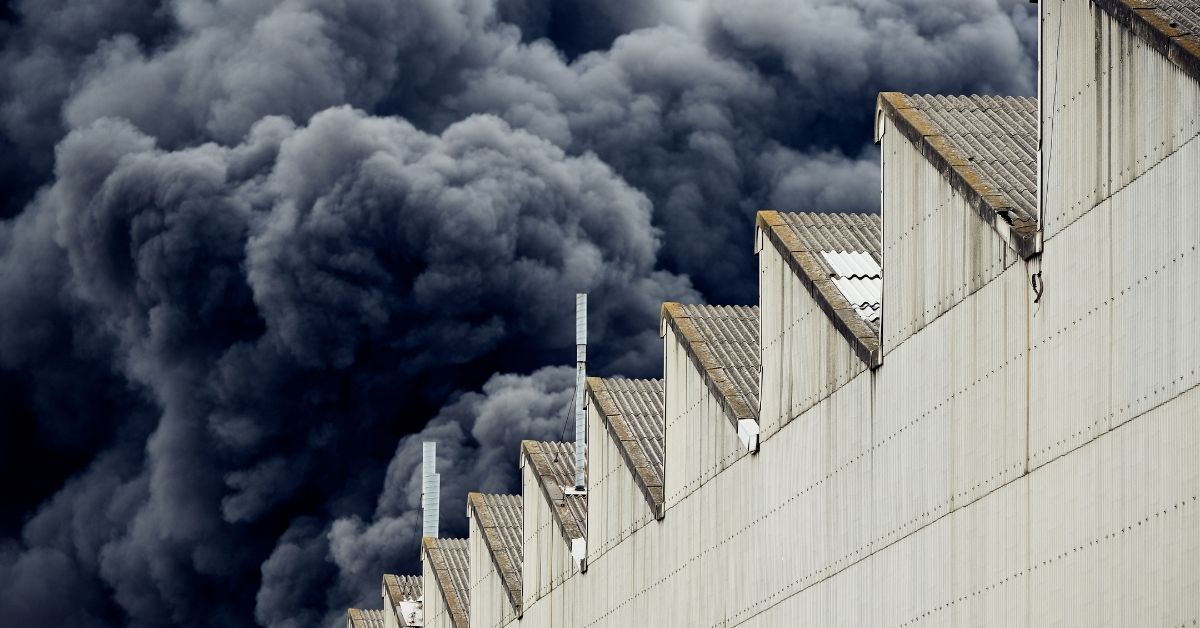Here at Austin Air we’re keeping it simple!
When it comes to choosing an air purifier, there is a huge amount of technical data floating around that can be extremely confusing. If you simply want to know, will my Austin remove the smallest of particles, such as viruses and bacteria? The answer is yes, it will. If you’d like to dive deeper and understand how and why our units do this, keep reading, and we promise to keep it simple!
What makes an air purifier efficient?
We often refer to an air purifiers ‘efficiency’ when talking about its ability to filter particles from the air. There are a number of factors that determine how efficient an air purifier is, these include the size of the particles being filtered, the type and amount of filtration used and how fast air passes through the filter.
Certified HEPA Material ratings can be confusing
If you’ve done any research on air filtration, you’ll know a Certified HEPA Material filter removes 99.97% of particles that are 0.3 microns in size. This leads us to believe that Certified HEPA Material is less efficient when it comes to smaller particles, but this is just not true. Certified HEPA Material is actually rated according to the particle size it performs worst at and as 0.3 particles are more difficult to catch than larger and smaller particles, that’s the number used.
The importance of air exchange rates
Another term you may have come across is ‘CFM’ or ‘Cubic Feet Per Minute’. This refers to how much air passes through an air purifier every minute. Standard size Austin Air Purifiers measure up to 250 CFM. But on its own, this doesn’t mean a lot to the layperson. In real life, it makes sense to focus on the number of air exchanges taking place in a room every hour. To minimize risk, we should be aiming for at least 3 air exchanges per hour. In an average size room of around 250 sq. ft, a standard size Austin Air Purifier delivers more than 7 air exchanges every hour on its highest setting, and even on medium, the numbers are still pretty impressive, at close to 4 air exchanges per hour.
The amount of Certified HEPA Material makes a difference
When calculating efficiency, the amount of Certified HEPA Material used in a filter should also be considered. The more Certified HEPA Material used, the more particles are captured. Austin Air Purifiers use 60 sq. ft of Medical Grade Certified HEPA Material in all standard size units, far more than other models on the market. This ensures a higher rate of efficiency and an unbeatable 5-year filter life.
So the big question…How efficient are we?
To determine how efficient our units are at removing the smallest particles, such as viruses and bacteria, we must look closely at all the data combined. This includes particle size, the amount of Certified HEPA Material we use and the rate at which the air passes through our units.
Taking all factors into account, we are confident that our units are 99.9996% efficient at removing the smallest size (0.05 micron) particles.
Remember to use all the tools in your Covid-19 toolbox
Even when using a highly effective air purifier such as the Austin Air HealthMate Plus, it’s important to remember that this is just one of a number of tools in your Covid-19 toolbox. Handwashing, keeping your distance, face coverings and ventilation make up the full the set. The more tools you use, the more protection you have.
Coming Up
Next week, we’ll be taking a look at exactly why the World Health Organization, the Department of Defense and the Center for Disease Control, recommend Certified HEPA Material filtration to help protect against the spread of Covid-19.



